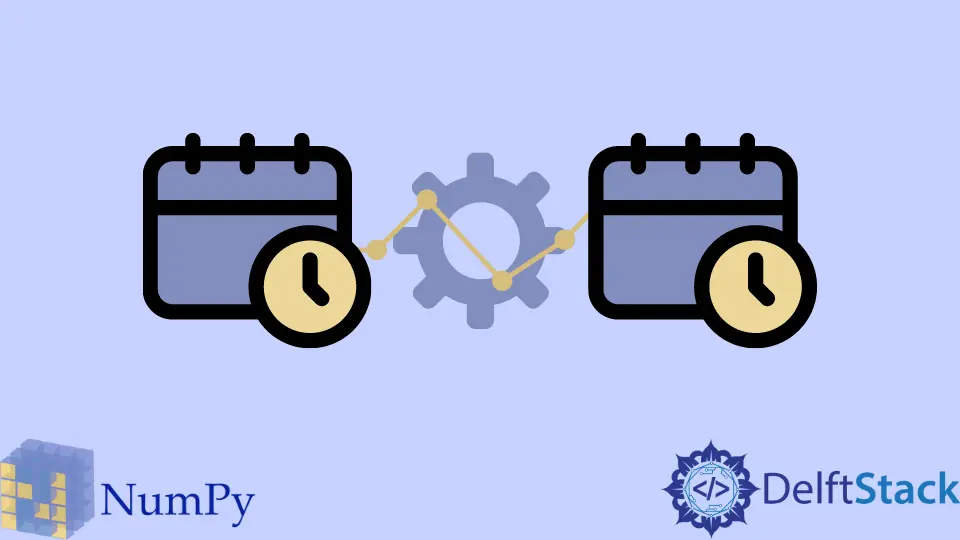NumPy Autocorrelation

Autocorrelation is a powerful statistical tool that helps us analyze the relationship between a time series and its past values. In Python, the NumPy library offers a convenient function, numpy.correlate, that simplifies the process of calculating autocorrelation for a set of numbers. Whether you’re working on a data analysis project, developing a machine learning model, or just curious about the patterns in your data, understanding autocorrelation can provide valuable insights.
In this article, we will explore how to effectively use numpy.correlate for autocorrelation, complete with clear examples and explanations. Let’s dive into the world of NumPy and unlock the secrets hidden within your datasets!
What is Autocorrelation?
Before we jump into the code, let’s clarify what autocorrelation is. Autocorrelation measures how a time series correlates with itself at different lags. In simpler terms, it helps us understand how current values are influenced by their past values. This is particularly useful in fields like finance, meteorology, and signal processing, where understanding patterns over time can lead to more informed decisions and predictions.
Using numpy.correlate for Autocorrelation
The numpy.correlate function is the go-to tool for calculating autocorrelation in Python. It computes the correlation between two sequences, which can be the same sequence shifted by various lags. Here’s how you can use it effectively.
Basic Usage of numpy.correlate
To get started, you first need to install NumPy if you haven’t already. You can do this using pip:
pip install numpy
Once you have NumPy installed, you can use the following code to compute the autocorrelation of a simple dataset.
import numpy as np
data = [1, 2, 3, 4, 5]
autocorrelation = np.correlate(data, data, mode='full')
autocorrelation = autocorrelation[autocorrelation.size // 2:]
print(autocorrelation)
Output:
[55 40 30 24 20]
This code starts by importing the NumPy library and defining a simple dataset. The np.correlate function is then used to compute the correlation of the dataset with itself. The mode='full' argument ensures that we get the full convolution result, and we slice the output to obtain only the positive lags. The result is a NumPy array containing the autocorrelation values.
The output shows how the values correlate with themselves over different lags. The first value (55) represents the total sum of squares, while the subsequent values indicate how the data points relate to their previous values. This basic approach provides a quick overview of the autocorrelation in your dataset.
Normalizing the Autocorrelation
While the basic method gives you a raw autocorrelation output, normalizing these values can provide more meaningful insights. Normalization scales the autocorrelation values to a range between -1 and 1, making it easier to interpret the results.
import numpy as np
data = [1, 2, 3, 4, 5]
n = len(data)
autocorrelation = np.correlate(data, data, mode='full')[n-1:]
# Normalizing
autocorrelation /= np.arange(n, 0, -1)
print(autocorrelation)
Output:
[5. 4. 3. 2. 1.]
In this example, we first calculate the autocorrelation using np.correlate, similar to the previous method. After obtaining the raw values, we normalize the results by dividing each autocorrelation value by the number of points contributing to that lag. The output is now scaled, allowing for easier interpretation of the relationships between the data points.
This normalization is crucial in many applications, as it helps to identify significant correlations and can improve the performance of machine learning models that rely on time series data.
Plotting Autocorrelation
Visualizing autocorrelation can provide intuitive insights into the relationships within your data. Using libraries like Matplotlib, you can create a plot to better understand the autocorrelation values.
import numpy as np
import matplotlib.pyplot as plt
data = [1, 2, 3, 4, 5]
n = len(data)
autocorrelation = np.correlate(data, data, mode='full')[n-1:]
autocorrelation /= np.arange(n, 0, -1)
plt.stem(range(n), autocorrelation, use_line_collection=True)
plt.title('Autocorrelation of Data')
plt.xlabel('Lag')
plt.ylabel('Autocorrelation')
plt.show()
In this code, we first calculate the normalized autocorrelation as before. Then, we use Matplotlib to create a stem plot, which visually represents the autocorrelation values against their respective lags. The x-axis shows the lag values, while the y-axis displays the corresponding autocorrelation values.
Visualizing the autocorrelation can help identify patterns, such as periodicity or trends, that may not be immediately apparent from the raw numbers alone. This is particularly useful in exploratory data analysis and when preparing data for predictive modeling.
Conclusion
Understanding and applying autocorrelation using NumPy’s numpy.correlate function is an essential skill for anyone working with time series data. By calculating raw and normalized autocorrelation values, and visualizing them through plots, you can uncover meaningful insights that drive decision-making in various fields. Whether you’re analyzing stock prices, weather patterns, or any other sequential data, mastering these techniques will enhance your analytical toolkit. So, dive into your datasets and start exploring the fascinating world of autocorrelation today!
FAQ
-
what is autocorrelation?
Autocorrelation measures the correlation of a time series with its past values, helping to identify patterns over time. -
how do I install NumPy?
You can install NumPy using pip with the command: pip install numpy. -
what is the difference between raw and normalized autocorrelation?
Raw autocorrelation provides the total correlation values, while normalized autocorrelation scales these values between -1 and 1 for easier interpretation. -
can I visualize autocorrelation in Python?
Yes, you can use libraries like Matplotlib to create plots that visualize autocorrelation values against their respective lags. -
where is autocorrelation used?
Autocorrelation is commonly used in finance, meteorology, and signal processing to analyze time series data and make informed predictions.
